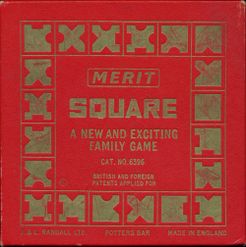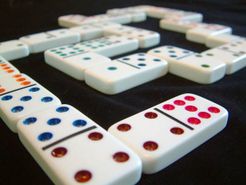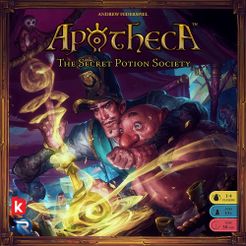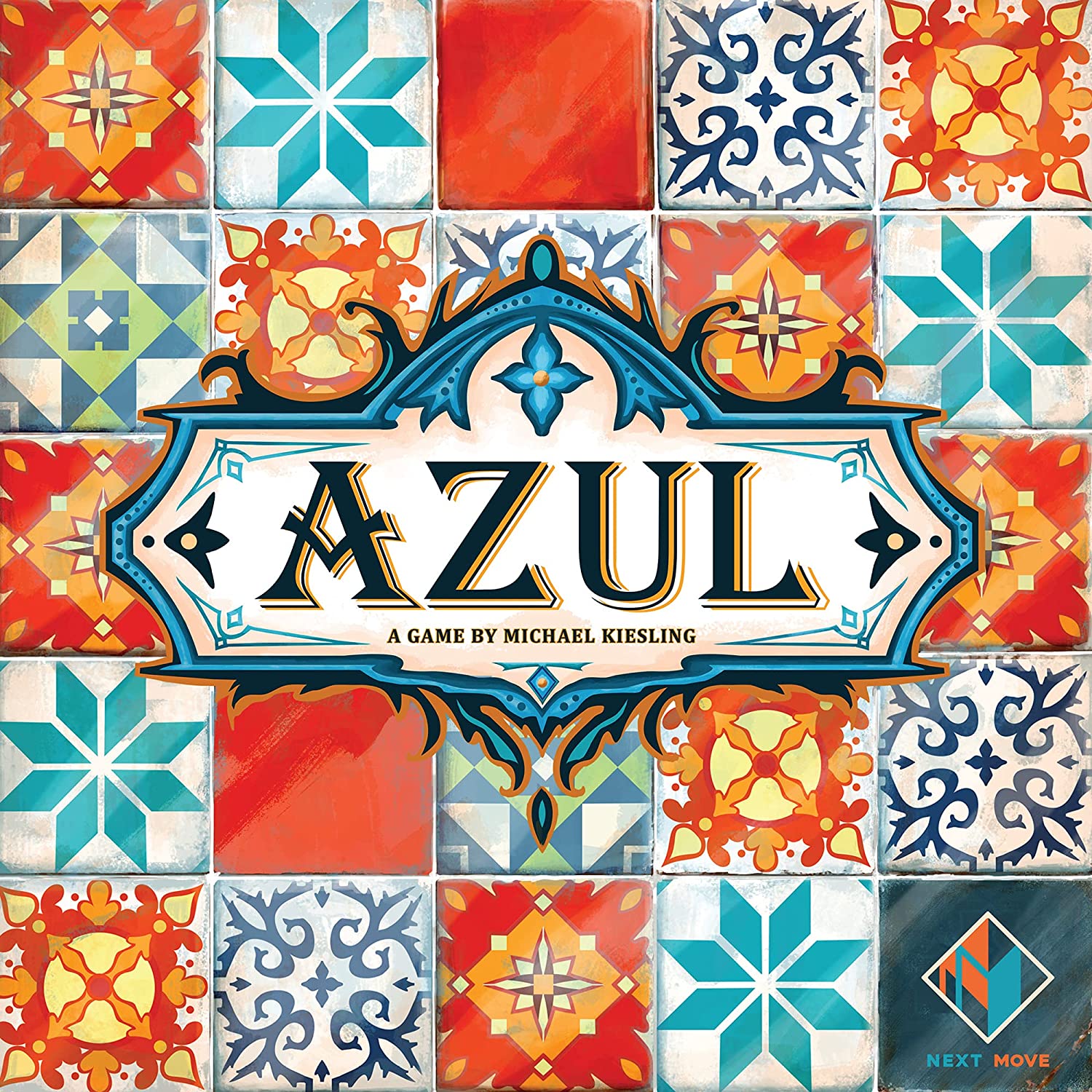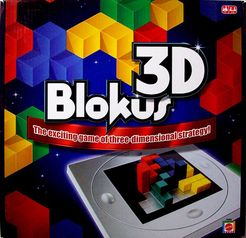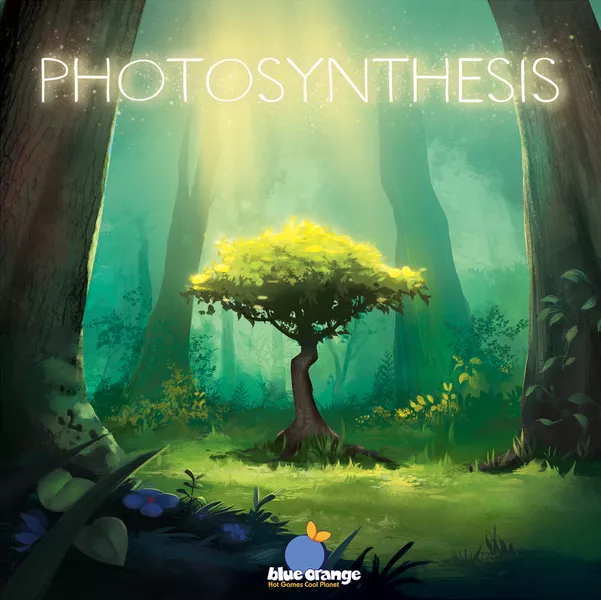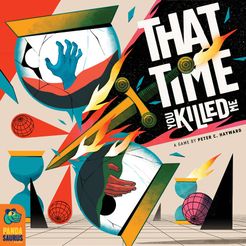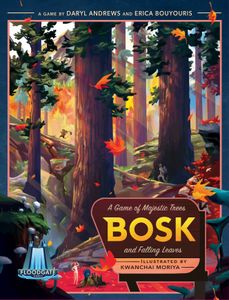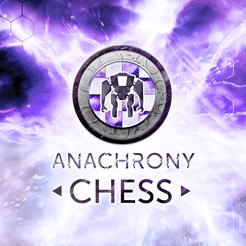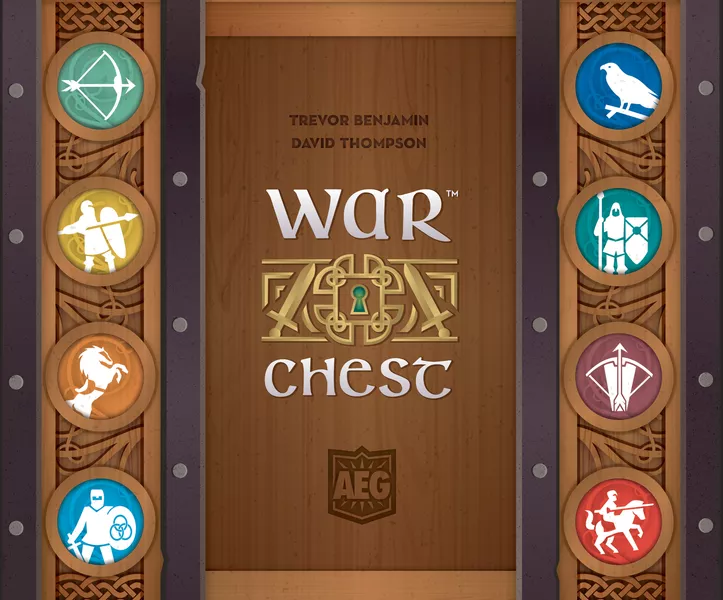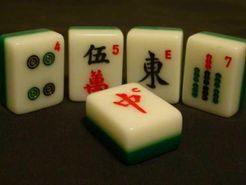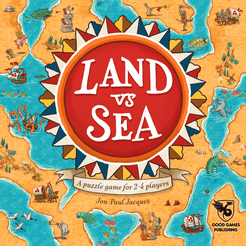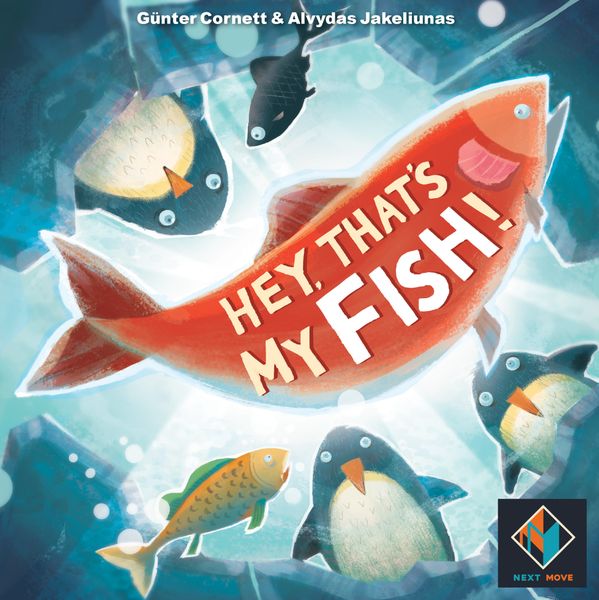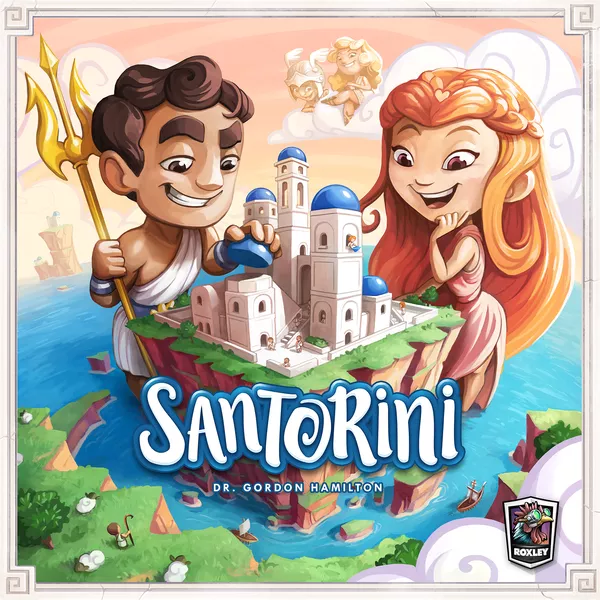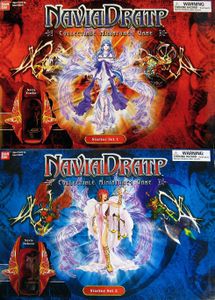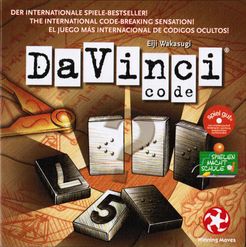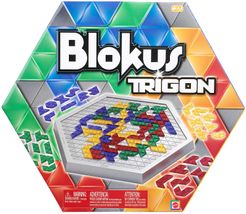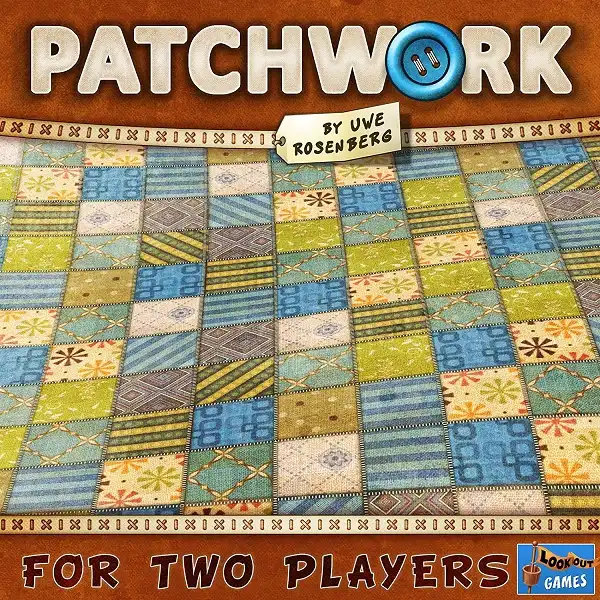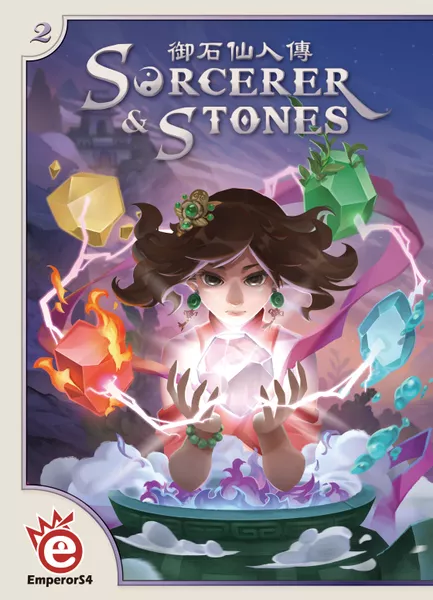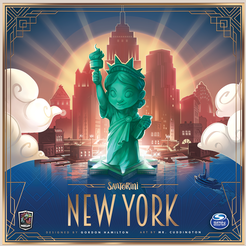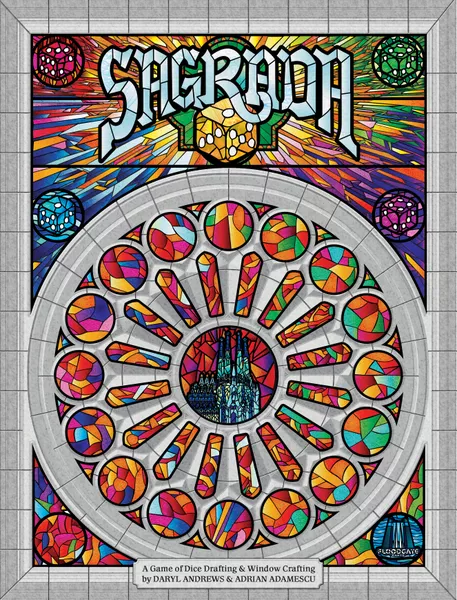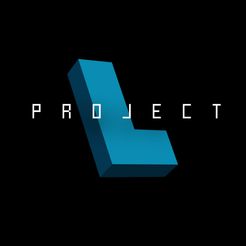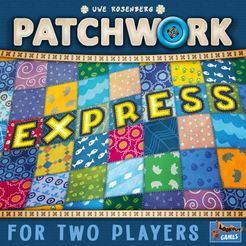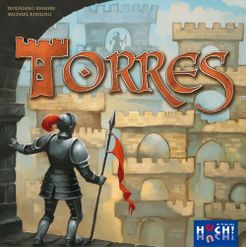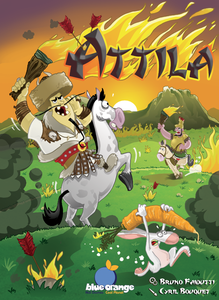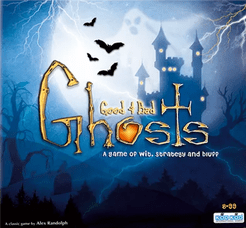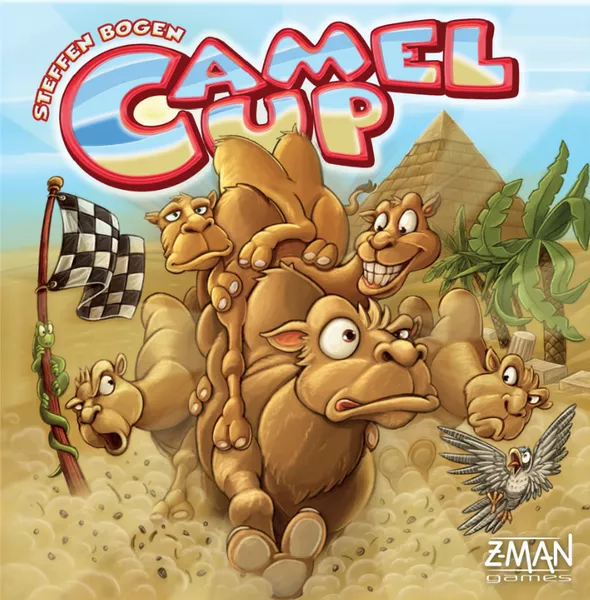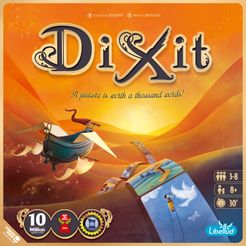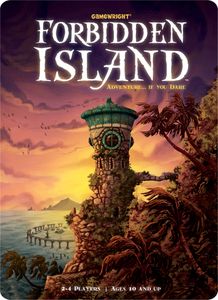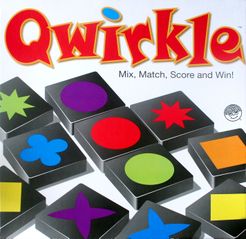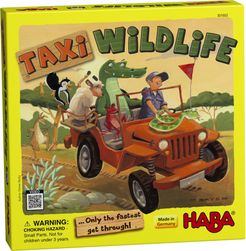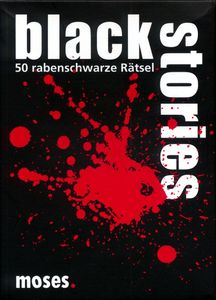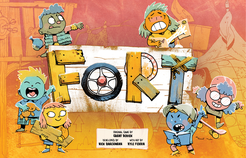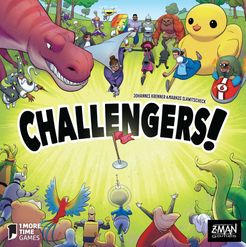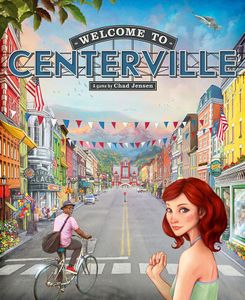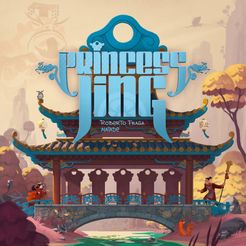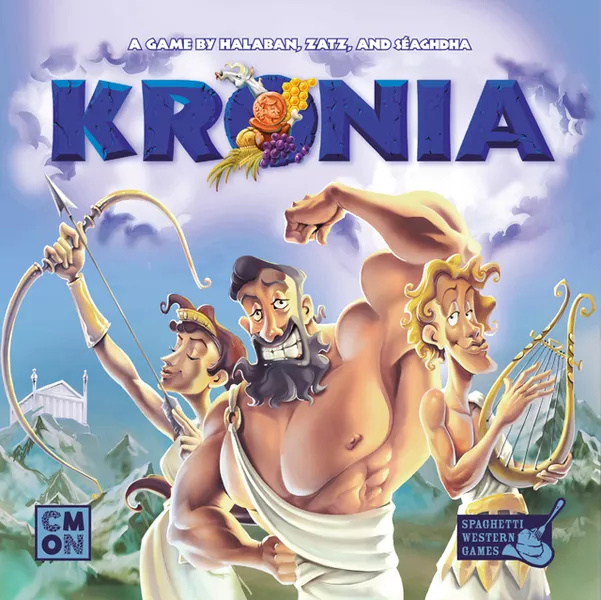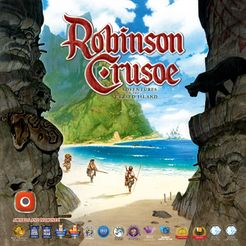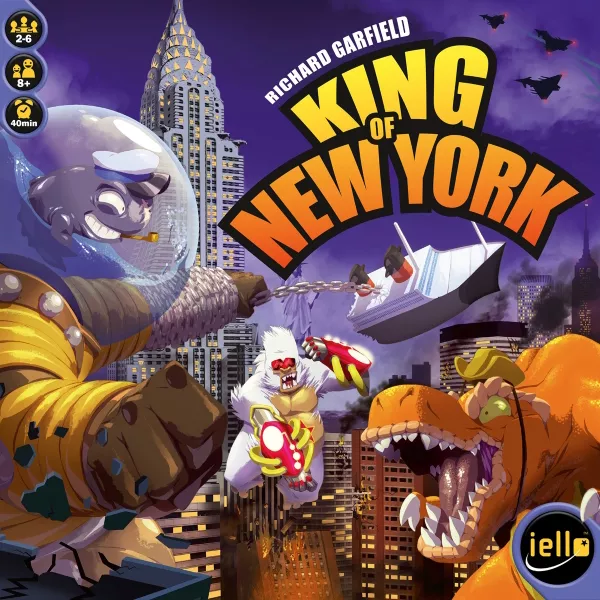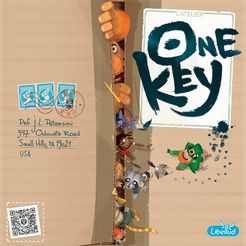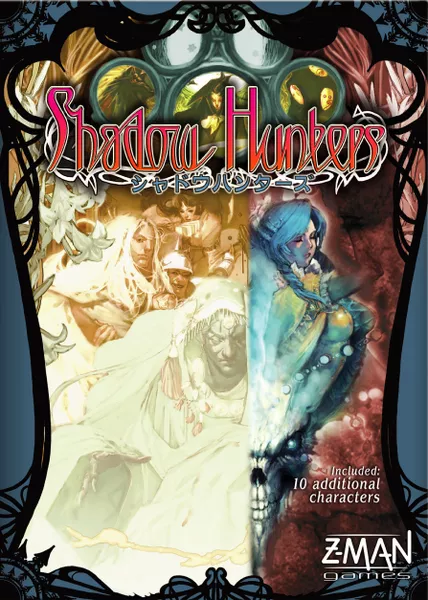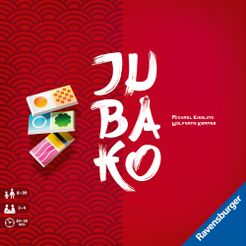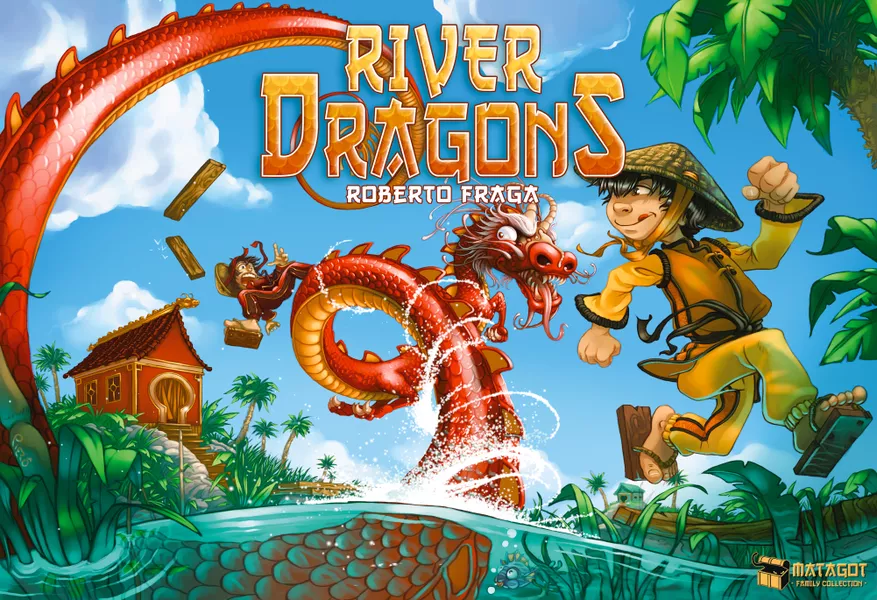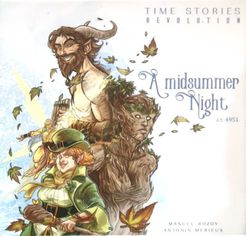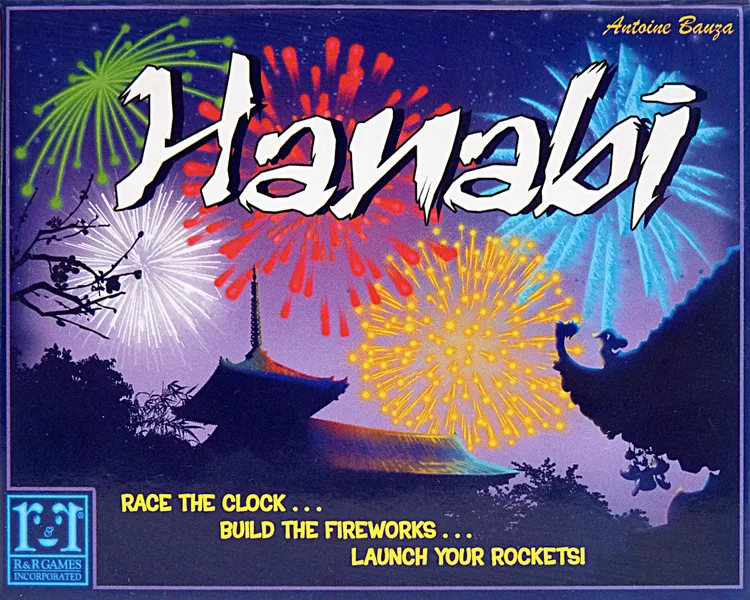Square
- Overview
- How to Play
- Videos
- Play Now
- Ratings & Comments
A straightforward edge-matching placement game consisting of 32 square tiles (called 'stones' in the rules), each a red plastic frame inset with a white plastic square which has symbols cutout on the edges. Each edge has either no cutout (a blank edge), or half a square, circle or diamond.
Players take turns to add tiles to the layout, always matching edges. Scoring is simple: whenever a player completes a square or rectangle of tiles of any size they score points equal to the number of tiles in the square or rectangle.
Each player starts with 10 stones, and must play if possible each turn. If not, they take a stone from the reserve. As soon as one player has played all his stones the game ends and the scores are tallied. Any stones remaining with a player count as -1; if he has taken from the reserve at any time during the game then each stone remaining counts as -5!
The game was made in England by Merit, and appears to date from the 50s or 60s (no date is given on the game materials). The so-called stones are nicely made components that fit neatly into the small square box.
The rules suggest that there are 35 stones in the game. The combinations of symbols that appear on the stones are:- 4 symbols the same (all 4 possible stones)
- 3 symbols the same, 1 different (all 12 possible combinationss)
- 2 pairs of 2 symbols, matching pairs are adjacent (all 6 possible combinations)
- 1 pair the same and 2 other symbols, matching pair is adjacent (12 of 24 possible combinations, including one of each mirror-image pair)
- 4 different symbols (1 of 6 possible combinations).



